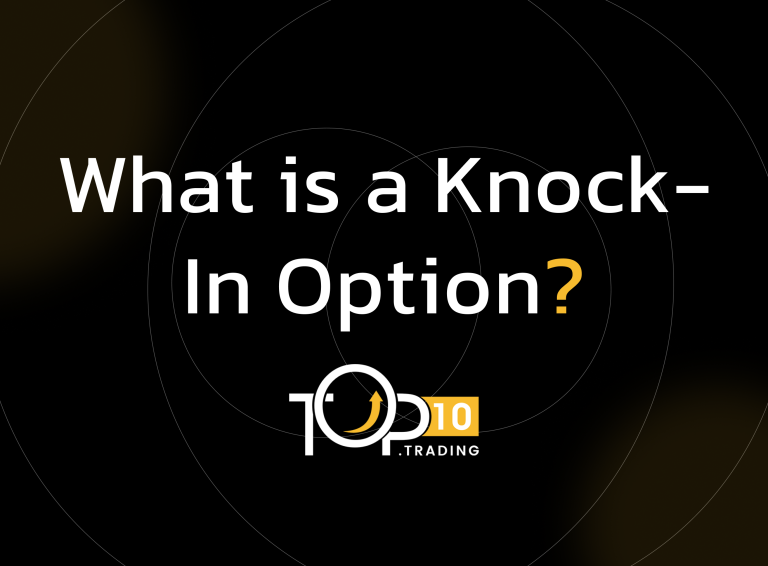Knock-In Option Definition

A Knock-In Option is a type of exotic option in which the contract only becomes active, or “knocks in,” if the underlying asset reaches a predetermined barrier price during the option’s life. Until this barrier is breached, the option does not exist and cannot be exercised. Knock-in options are commonly used in structured finance and risk management to tailor exposure and reduce premium costs.
Key Takeaways
- A Knock-In Option is an exotic option that only becomes active if the underlying asset hits a specified barrier price during its life.
- There are two main types: up-and-in (activates if price rises to the barrier) and down-and-in (activates if price falls to the barrier).
- Knock-in options are cost-effective tools for hedging and structured investing, but carry the risk of expiring worthless if the barrier is never reached.
- They are the opposite of knock-out options, which terminate upon hitting the barrier.
- Knock-in options provide tailored risk exposure and are widely used in advanced financial strategies.
Types of Knock-In Options
-
Up-and-In Option:
The option becomes active only if the underlying asset’s price rises up to or above the specified barrier level. -
Down-and-In Option:
The option becomes active only if the underlying asset’s price falls down to or below the specified barrier level.
How Knock-In Options Work
- The option is initially dormant and carries no rights or obligations.
- If the barrier price is reached at any time before expiration, the option “knocks in” and becomes a standard vanilla option (call or put), which can then be exercised according to its terms.
- If the barrier is never breached, the option expires worthless and the buyer loses the premium paid.
Applications
-
Cost Efficiency:
Knock-in options are generally less expensive than standard options because there is a chance they may never become active. -
Risk Management:
Investors use knock-in options to hedge against specific price movements only if certain market conditions are met. -
Structured Products:
Frequently used in structured notes and bespoke financial products to create tailored payoff profiles.
Comparison to Knock-Out Options
Feature | Knock-In Option | Knock-Out Option |
Activation | Only activates if barrier is breached | Terminates if barrier is breached |
Premium Cost | Usually lower than vanilla options | Usually lower than vanilla options |
Payoff Potential | Only exists after barrier is reached | Ceases to exist after barrier is reached |
Example
Suppose an investor buys an up-and-in call option on Stock XYZ with a strike price of $50 and a barrier at $55. If XYZ never trades at or above $55 before expiration, the option never becomes active and expires worthless. If XYZ reaches $55, the option “knocks in” and becomes a regular call option with a $50 strike, exercisable until expiration.
